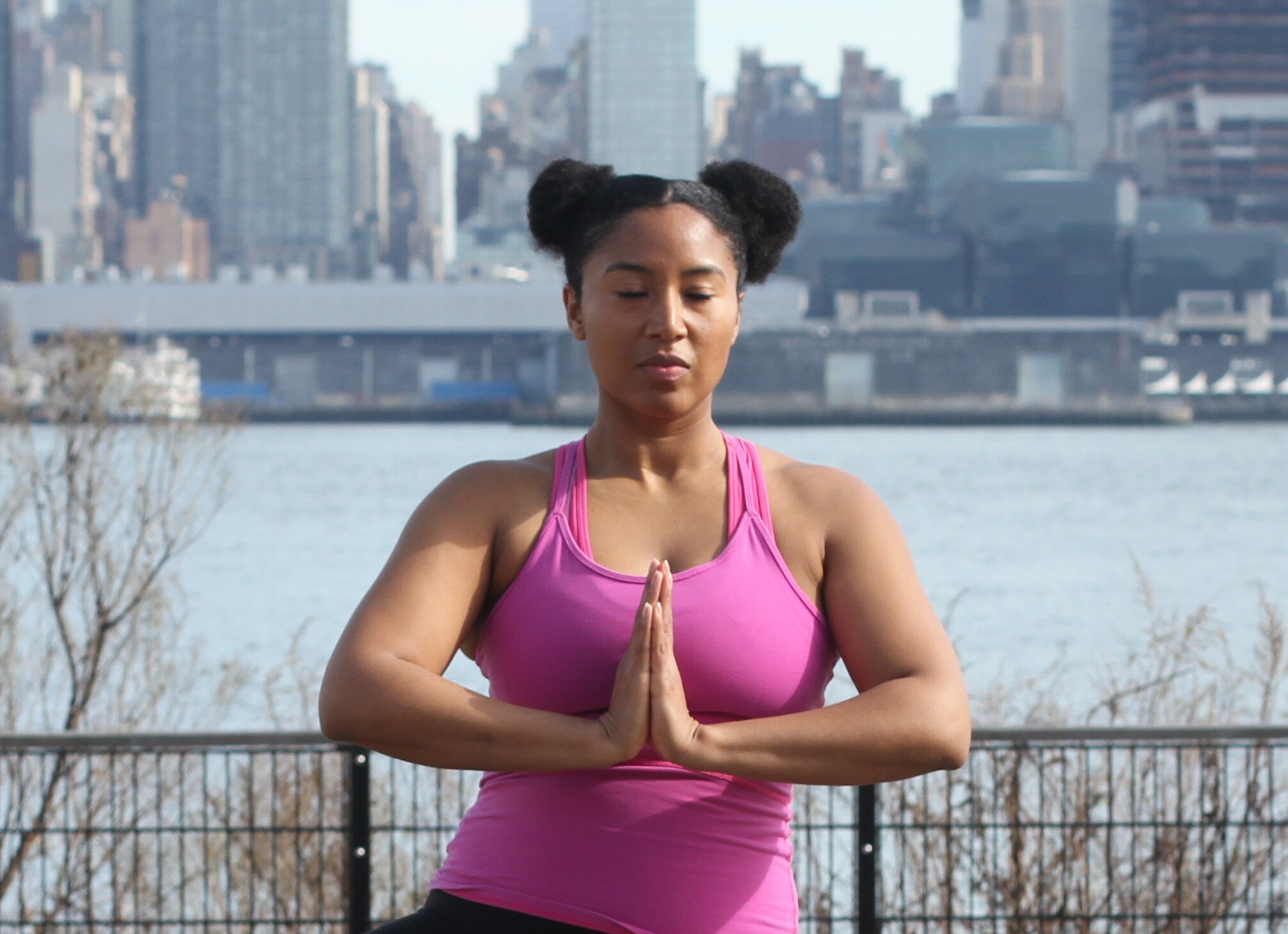I remember getting my first job right after graduating from grad school. I was ecstatic about starting my first full time job as a first grade teacher! After years of hard work and many hours of teacher observations, I felt prepared to have a class of my own. I fully executed all that I had learned from my teachers and mentors and all-in-all, my first couple years as an early childhood educator went well. That is, except for the high levels of stress, which manifested into panic attacks. Nothing prepared me for dealing with all that went into being out on my own for the first time ever, and holding down a full time job. I thought being a full time student was stressful- boy was I wrong!
No matter what circumstances you may find yourself in whether it be- stress from job hunting, caring for an elderly family member, paying bills, pressure at work, loss of job from COVID-19 etc. Stress is NOT healthy for your mind or your body. It raises your levels of a hormone called, Cortisol triggering a “fight or flight” reaction. While stress every now and then is normal, it should not happen constantly. It’s when you put your body under stress all the time that problems can arise. That’s because Cortisol and your adrenal gland control vital things like: your heart rate, blood pressure, digestive tract, and glucose levels in your blood (which directly impact your weight. When your body is constantly “fighting” it can negatively effect your overall health.
I’d never had a panic attack before my teaching days, but after doing some research I found out that I wasn’t alone. Many people deal with panic attacks. While there are various ways of dealing with stress and panic attacks, the method in which I found helped me the most was deep breathing. It’s not only free, but it works immediately!
As I started researching and employing deep breathing exercises more often, I found that the practice of meditation starts with focusing internally on your breathe. I no longer have panic attacks, but in stressful times, I still use deep breathing practices to help me through. I’d like to share how to properly do this with you!
Step 1
Find a quiet place preferably with a seat where you can be alone. Sit up, with your spine straight. You can either fold your legs neatly underneath you, or sit up in a chair with both your legs placed firmly on the floor. If you can’t be alone or somewhere quiet that’s ok too. When I am in a crowded bus or train, I simply pop in my earbuds, and listen to some white noise or calming instrumentals to set the mood.
Step 2
Close your eyes and go to your safe or “happy place”. I call it my happy place from the Adam Sandler movie, Happy Gilmore where Happy’s golf teacher instructs him to improve his golf performance by relaxing and envisioning himself in his safe space where he is the happiest. When you close your eyes, while taking that first deep breathe, move your current thoughts to your happy space where you love to go to relax. (If you don’t want to close your eyes then simply stare down your nose and relax your eye sockets)
Step 3
Breathe in through your nose steadily and count slowly to four. Place a hand on your stomach and make sure to send that air down to fill your belly and not in your shoulders. How does it feel to feel your lungs filling with air?
Step 4
Hold your deep breathe in for 4 counts. I like to have one hand on my heart, and one on my stomach, as it has a calming effect.
Step 5
Release your breathe slowly out of your mouth while counting to 8. How does it feel to have the air slowly draining from your body? Continue this cycle until you feel your panic attack and stress melting away from your mind and body.
To Review
The cycle should look like this. “Breathe in, two, three, four, Hold, two, three, four, Release, two, three, four, five, six, seven, Eight.” If your thoughts wander, as they often do, move them back to your breathe. As you start to relax you will find that your body may go limp and you may start to slouch. That’s perfectly alright, just bring your back and spine back into alignment.
When I first started meditating it wasn’t easy to maintain my focus for long periods of time, but it helped me get over my stress quickly. I had to keep practicing in order get better at mediating.
Practice Often
You don’t need to be stressed out to practice meditating. Set yourself a timer. Start with 2 minutes of deep breathing practice. Then 5, 10, 15 minutes and so on. I have found in my own meditation practice that the more often I do it, the easier it becomes to silence my thoughts and become centered within myrself. Also, you can do it literally anywhere! In the car, sitting outside, on the bus etc.
Remember you are resilient. You are strong. Go easy on yourself. By working on your meditation skills you will be improving your overall health and stress management.
Drop me a line below and tell me how meditation has improved your life.
x0x0,
Mari



